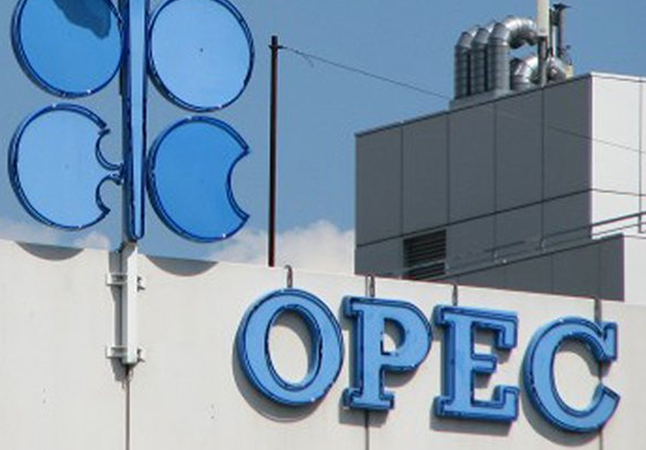…Says Nigeria Still Unable To Meet Quota
The Organization of Petroleum Exporting Countries (OPEC) on Monday reported that crude oil production by oil producing countries rose in October by 80,000 barrels per day (b/pd) compared to September output
The oil cartel clarified that the output of the OPEC+ countries during the month, however, continued to be well below the levels agreed.
Specifically, the OPEC reported that oil output in Libya, Saudi Arabia, and Kuwait fell last month compared to September, per estimates from OPEC’s secondary sources.
According to the organization in its just published Monthly Oil Market Report (MOMR), total production from all 13 OPEC members averaged 27.90 million b/pd in the month under review, up by 80,000 bpd month-on-month, as output rose in Nigeria, Angola and Iran, according to the secondary sources the cartel used to track production levels.
The official OPEC data showed little change compared to a Bloomberg survey which found earlier this month that the cartel’s total crude oil production averaged 28.08 million bpd in October, around 50,000 bpd higher compared to September.
Despite the modest rise in OPEC’s oil production, the collective output at the members part of the OPEC+ pact – without the exempted Libya, Venezuela, and Iran – continues to be well below the level in the OPEC+ agreement.
The OPEC further clarified: “Crude production in October remained well-below the agreed level related to production adjustments under the Declaration of Cooperation (DoC). For example, Nigeria has seen some production increase, but remained well below its required production level. It is also important to add that the recent increase in OPEC crude exports reflects seasonal trends.”
This is even as it noted that Middle Eastern crude exports, including from Saudi Arabia, tended to drop in the summer amid higher demand for cooling in the Gulf countries, and then rise in September and October.
Apart from the OPEC+ cuts, the voluntary Saudi and Russian production and export cuts “will contribute significantly to achieve and sustain global oil market stability.”






